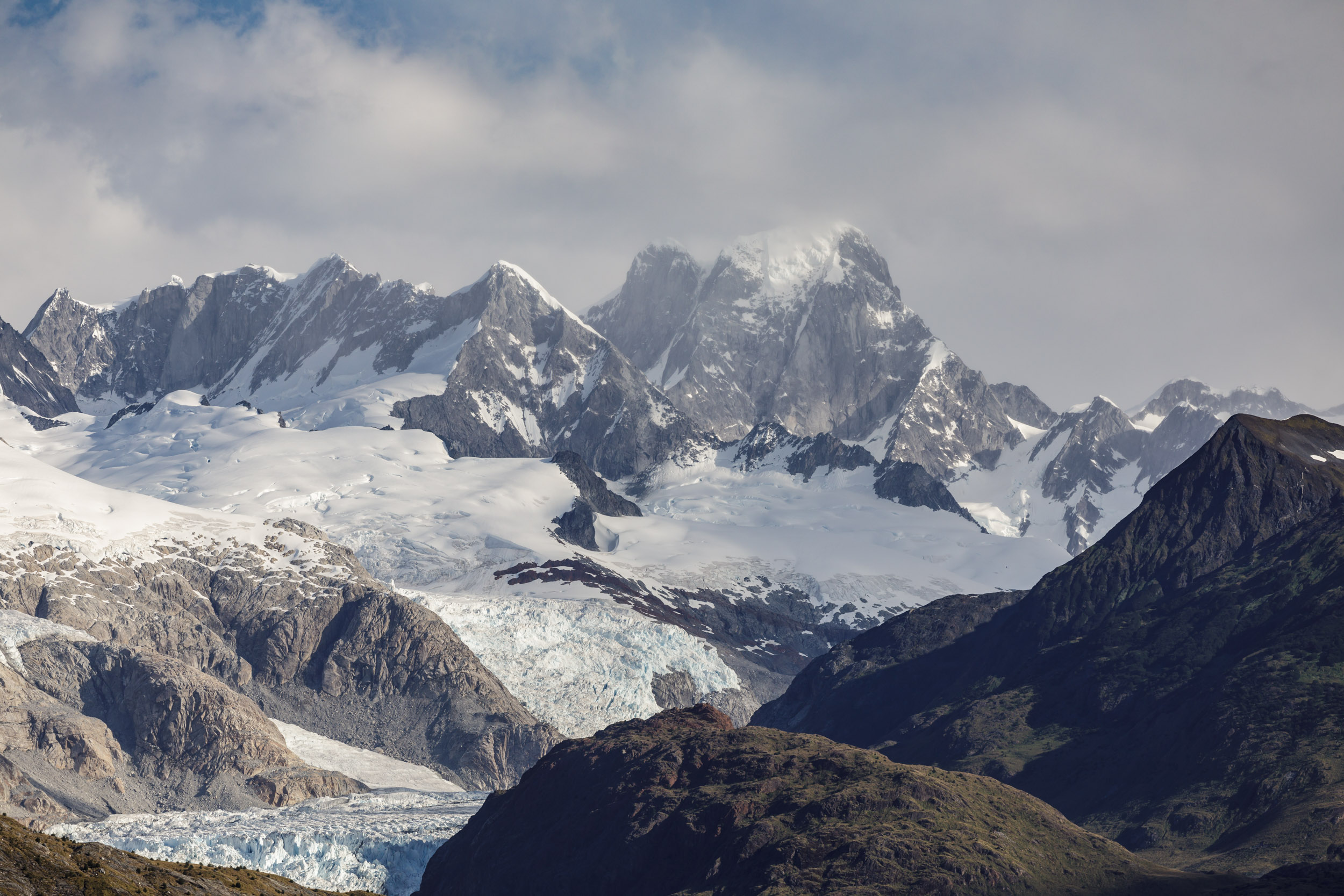
Welcome to the February 2022 newsletter.
As winter starts to fall away and the first signs of spring are appearing, well at least here in the Loire Valley, let’s take a look over what’s been going on with my various adventures. And there have been a few since the November newsletter.
From November 2021 until today, I’ve been, what seems like, halfway around the way doing various jobs as well as a recce in one of my favourite places in northern Italy.
Travel is definitely opening back up again, and a number of countries have either removed their entry conditions in terms of those dreaded PCR tests or are tentatively opening up. Vietnam is the big one because, as of last week, it became possible to book airline tickets into the country for the first time in two years.
So let’s get up to speed with trip reports and future workshop dates for those that are interested.
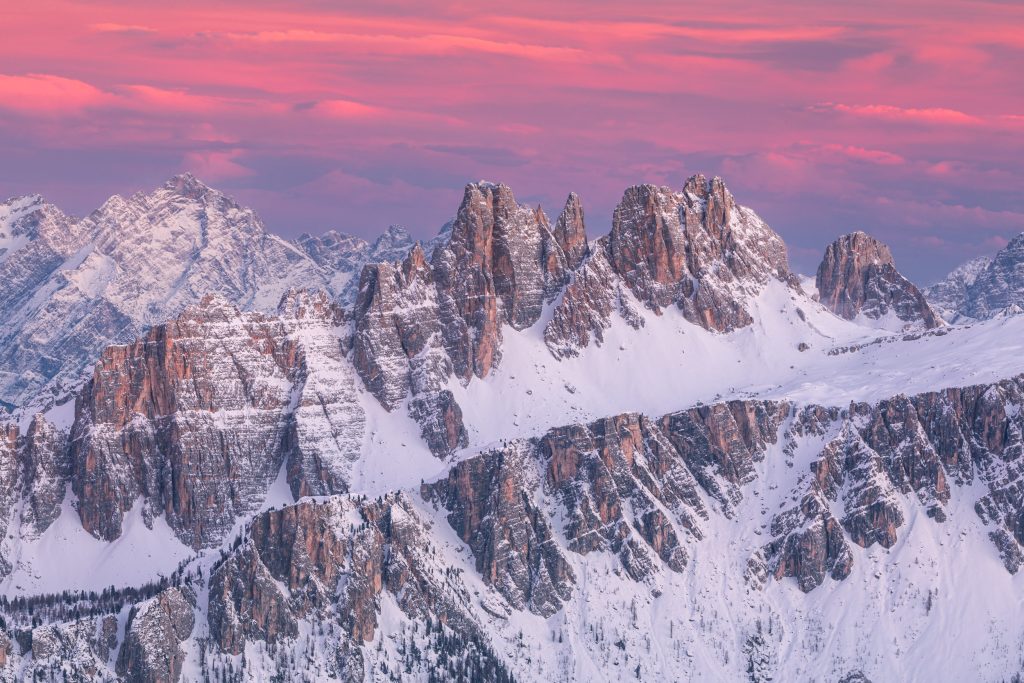
In January 2022, I was supposed to be in the UK doing a number of camera club presentations as well as a photography tour up in Glencoe. But because of a certain number of restrictions being enforced on the UK by France, it meant that I had to curtail that and do something else.
Now, granted, I could have just stayed at home, but seeing as I’ve been wanting to check out the Dolomites in winter for a long time, it seemed too good an opportunity to pass up.
Having been there only three months earlier, you may think that I’m mad at going back again. But in winter, the area is breathtakingly beautiful, as well as throwing some challenges at you.
The biggest challenge was the cold, and the temperature gauge was down to -16°c at one point. Certainly stood up on the mountains, the wind chill must have been lower than that, as my breath was freezing on the back of the camera!
The other challenge that faced me was some of my gear, and more specifically, my GoPro, which I record my YouTube vlogs on. The cold just ate the batteries in seconds, and I had to make sure that it was charged, then place it against my body heat to ensure that it would do the job I needed it to.

As I wasn’t running a photography tour, I had more time to recce some more places for future photography tours. Although I do show people how I discover places, it’s not always ideal to take them along on such jaunts because you end up doing a lot of nothing if you’re not careful.
I discovered some truly spectacular scenery, which is not only excellent in winter but, from the looks of it, is likely to be equally stunning in autumn when those beautiful golden yellows are out in full force.
One of the things that I did when I was up in the mountains was try out snowshoes. What I discovered was that if I ever get people up here in the winter, look for that in January 2024, that every measure will be taken to avoid snowshoes. Quite frankly, if you fancy a broken ankle, then these things are the easiest way to achieve it. Thankfully, I didn’t manage to do that, but believe me, it’s very easy to fall but extremely difficult to get back up again.
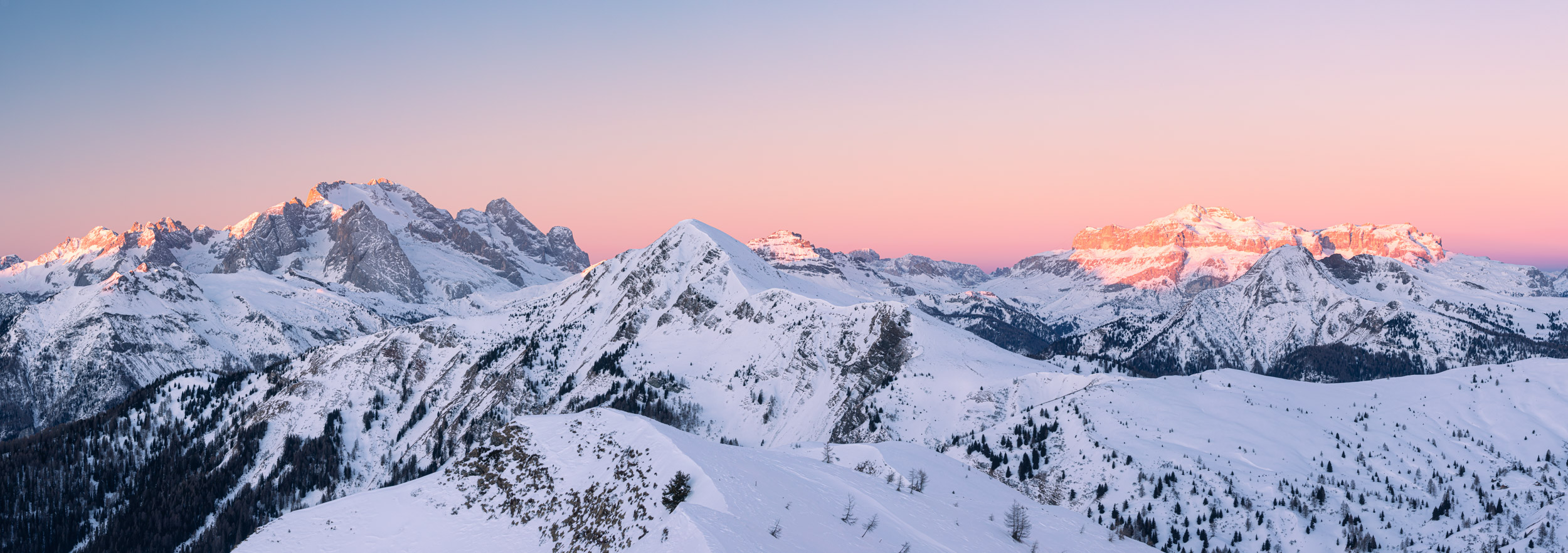
Outside of avoiding the local hospital, what I was able to do was get up some of the higher ground with the use of the cable cars. As the Dolomites are one of Europe’s biggest skiing areas then it’s possible to use certain ones to go up higher. They don’t always coincide with sunset times, but a lot do, and you can get some truly stunning views across the tops of the mountains.
Yes, it can be cold, but if you layer up correctly, then it’s very supportable. It is always just the wind that will cause any issues because it can be bitingly cold up there, so you need to ensure you’re protected.
During my week up there, I filmed some YouTube videos. Two are just regular vlogs, whilst the third was a panorama instructional video. So if you’re interested in what I’m doing to create those beautifully wide images, then check out the channel in the links.
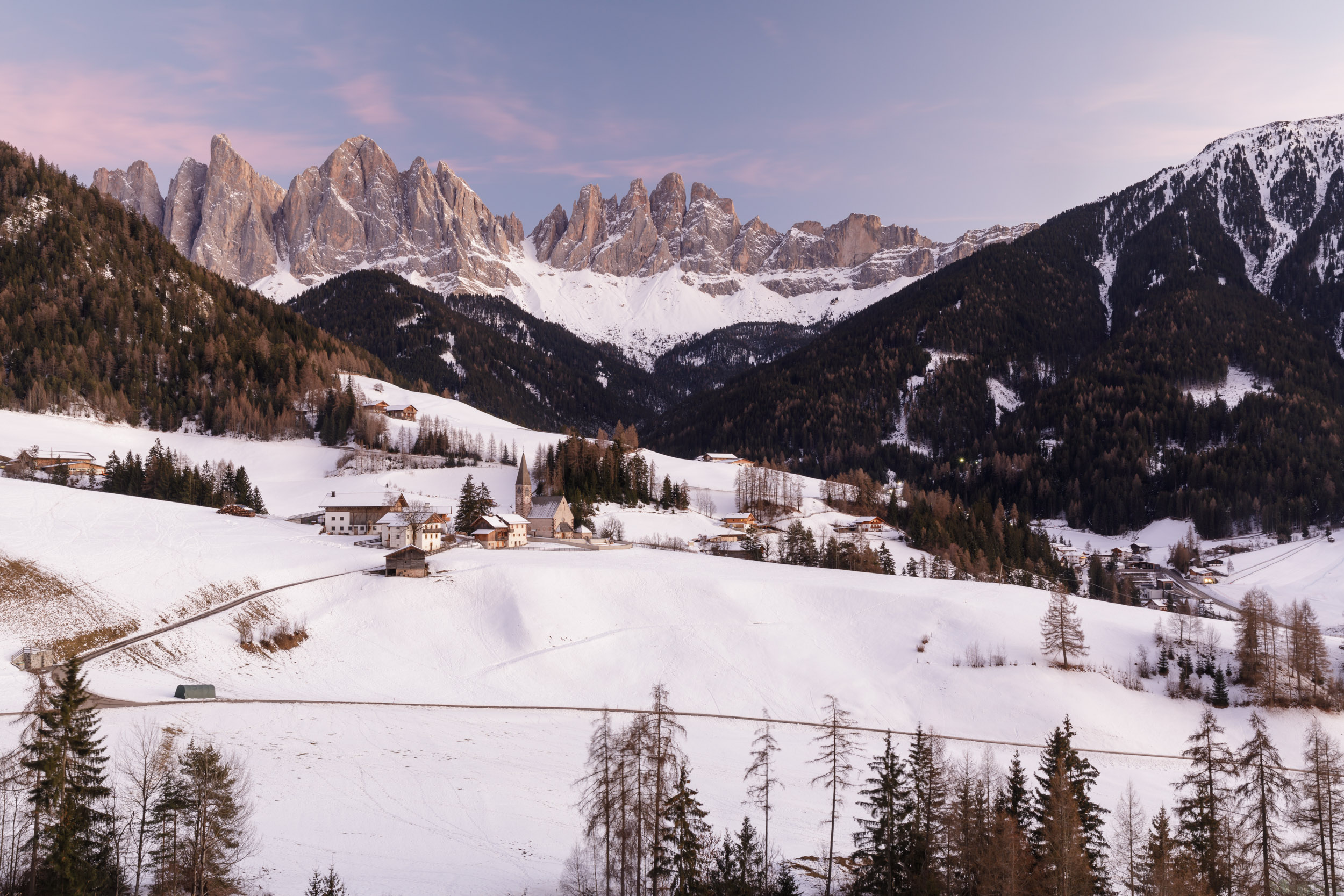
A mere 10 days after returning from the Dolomites, I had a commission to go to in southern Chile. I have a client who loves the work that I do and trusts me to capture the fjords as well as Cape Horn in the best way that I can.
The entry procedure into the country is extremely tight and had me tearing my hair out before Christmas. You have to have your ID verified as well as your COVID-19 vaccines. The ID verification took 2 times, whilst the COVID verification took 3 times. You also have to provide proof that your travel insurance is going to cover you for pandemics.
Once the authorities have made sure you are who you say you are, the next step is getting in. Should it be simple? Wrong! You have to request a QR code, which is valid for only 48 hours before arrival. Then, when you set foot on Chilean soil, you have to take a mandatory PCR test, which for me was in Santiago, then self-isolate in your chosen accommodation.
When you travel on your own for work, self-isolation is a killer. You find yourself pacing up and down, hoping and praying that the test is going to be negative, otherwise all the planning and arrangements go out the window.
Upon receipt of the negative result, the sheer elation that you feel is indescribable. You’ve literally been let out of your cell, and normal life can continue.
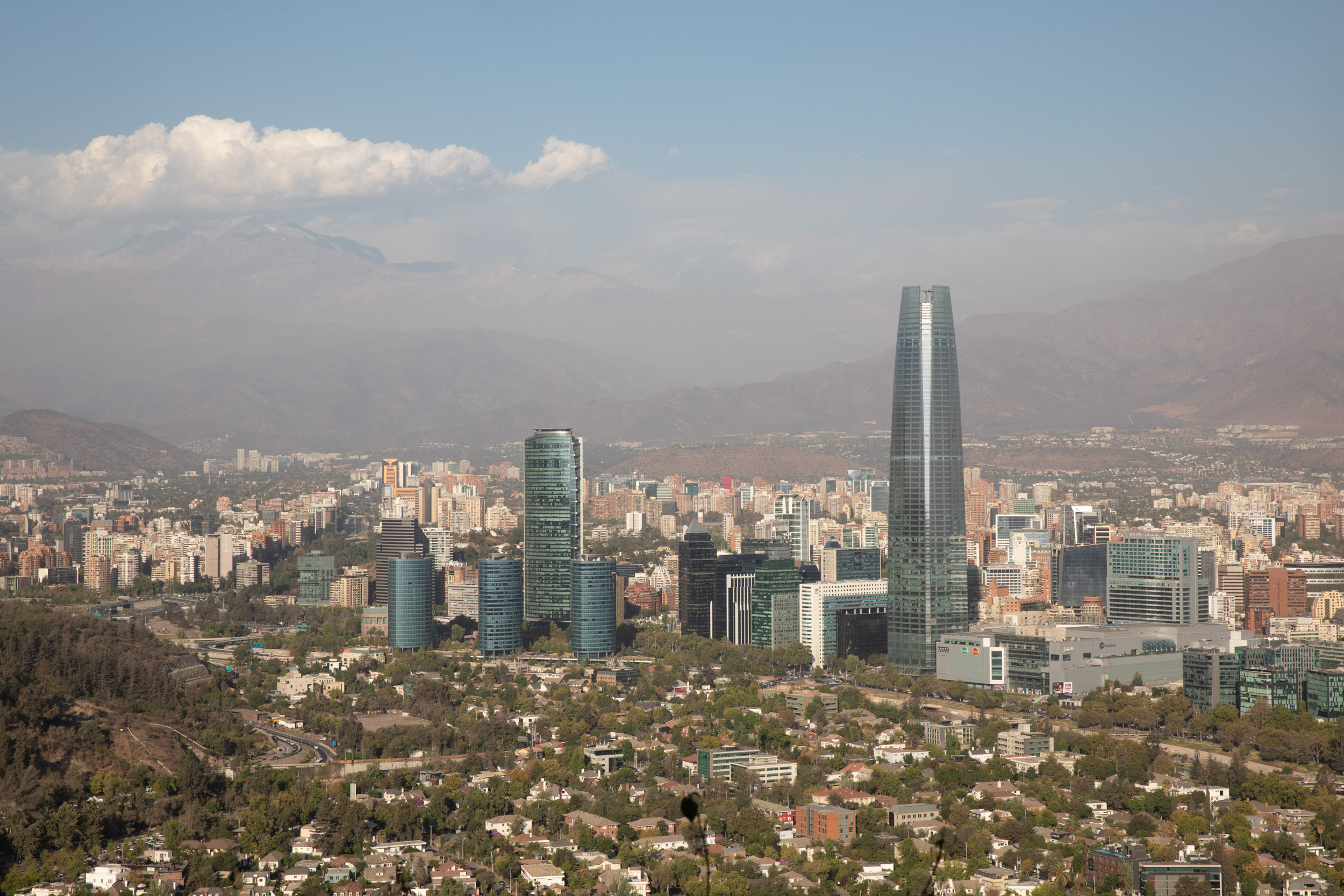
Having done a little research on Santiago, I knew that there was a great view to be had over the city. In fact, there are a number of views that you can get to, but the one above is probably the most famous of them all.
Ideally, what I wanted to do was photograph this at dusk with all the city lights. But the area where you take this from is quite a long walk out of the city. Something that I have to be aware of all the time is my personal safety. In the landscape it’s one thing, but in a cit,y it’s something completely different.
Outside of this, it would have also meant that if I had plucked up the courage to stay up there, that dinner would have been late. Because down in Chile, it was the height of summer, so sunset was around 930PM at night.
Two days after arrival and I was headed further south. A 3 and a half hour flight to Punta Arenas was required to get me in place for the ship I was to be sailing on. And of course, a further COVID test to make sure I was boarding without any nasty bugs in my system.
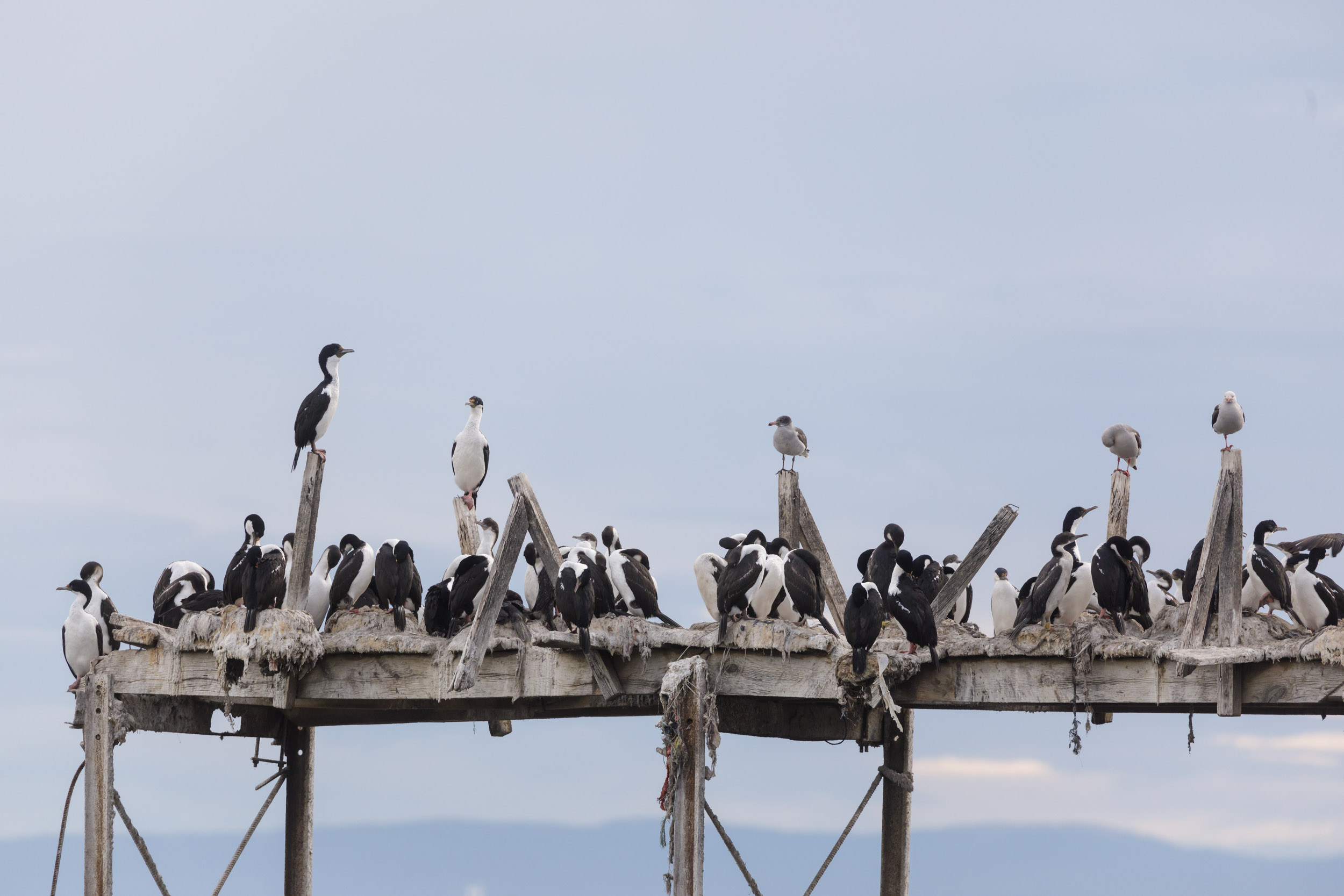
Over the course of the next 5 nights, our ship experienced all manner of weather. But seeing as we’re at the end of the world, you shouldn’t be expecting anything else really, should you?
Over each passing day, the landscape is enthralling. The mountains rise high out of the fjords, and at times, you don’t know which way to look. The biggest challenge is that the majority of the imagery needs to be taken hand-held, so an understanding of what shutter speed is going to be quick enough to freeze the motion from the ship, as well as good technique, holding your camera, is required.
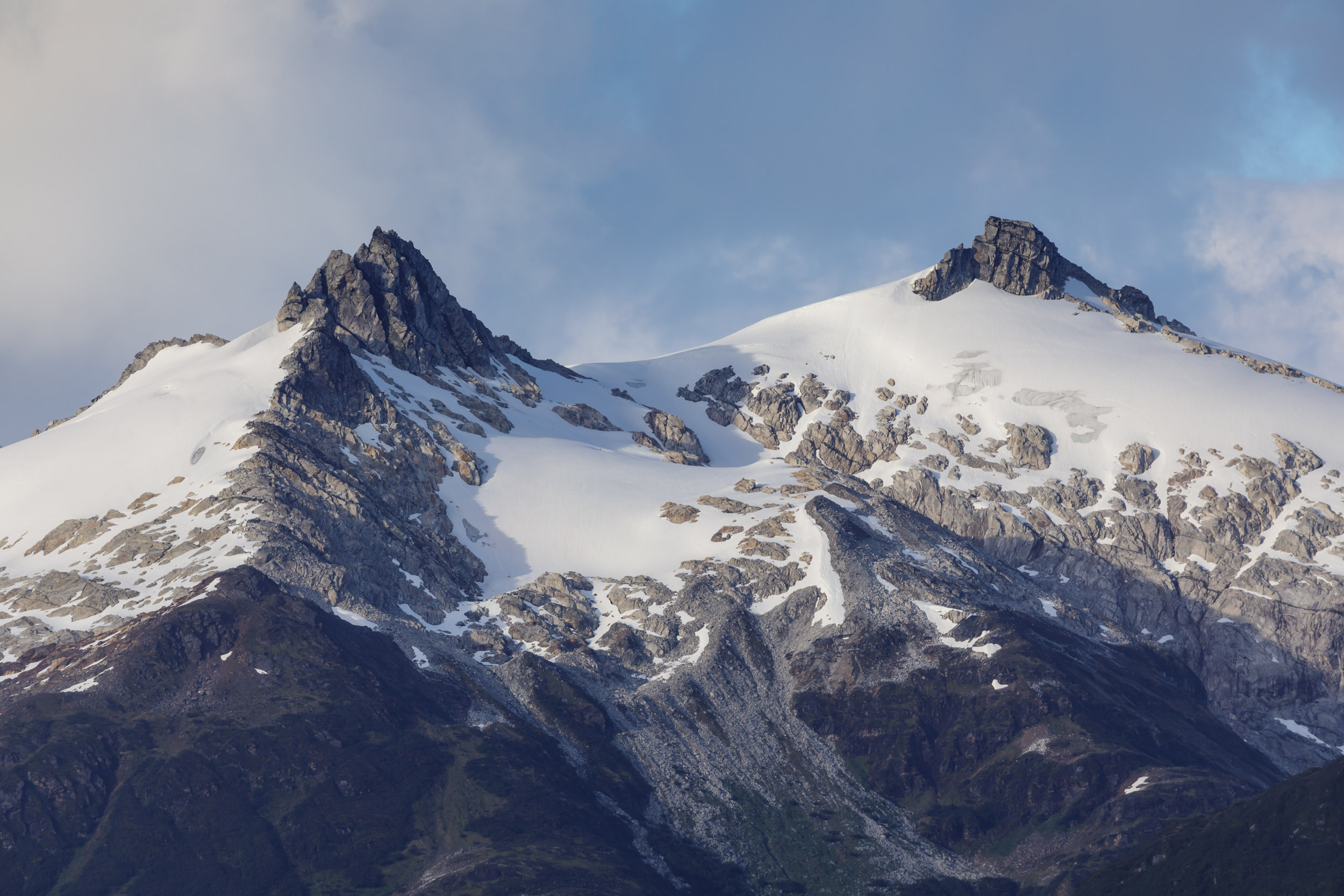
The beginning of the first day took us to the Parry Fjord area and one of the glaciers that graces the numerous bays. Only accessible by Zodiac boats, again, you have to leave the tripod behind and work hand-held.
Because the glaciers are very much active with a number of calvings happening all the time then we are kept at a safe distance. Incredible as they are to watch, if you’re lucky enough to catch them, they are extremely dangerous. Certainly, one of my friends who is a guide on the ship told me that during my first journey to the glacier and a subsequent calving, he could see the waves being generated by the weight of the ice that had just fallen into the water.
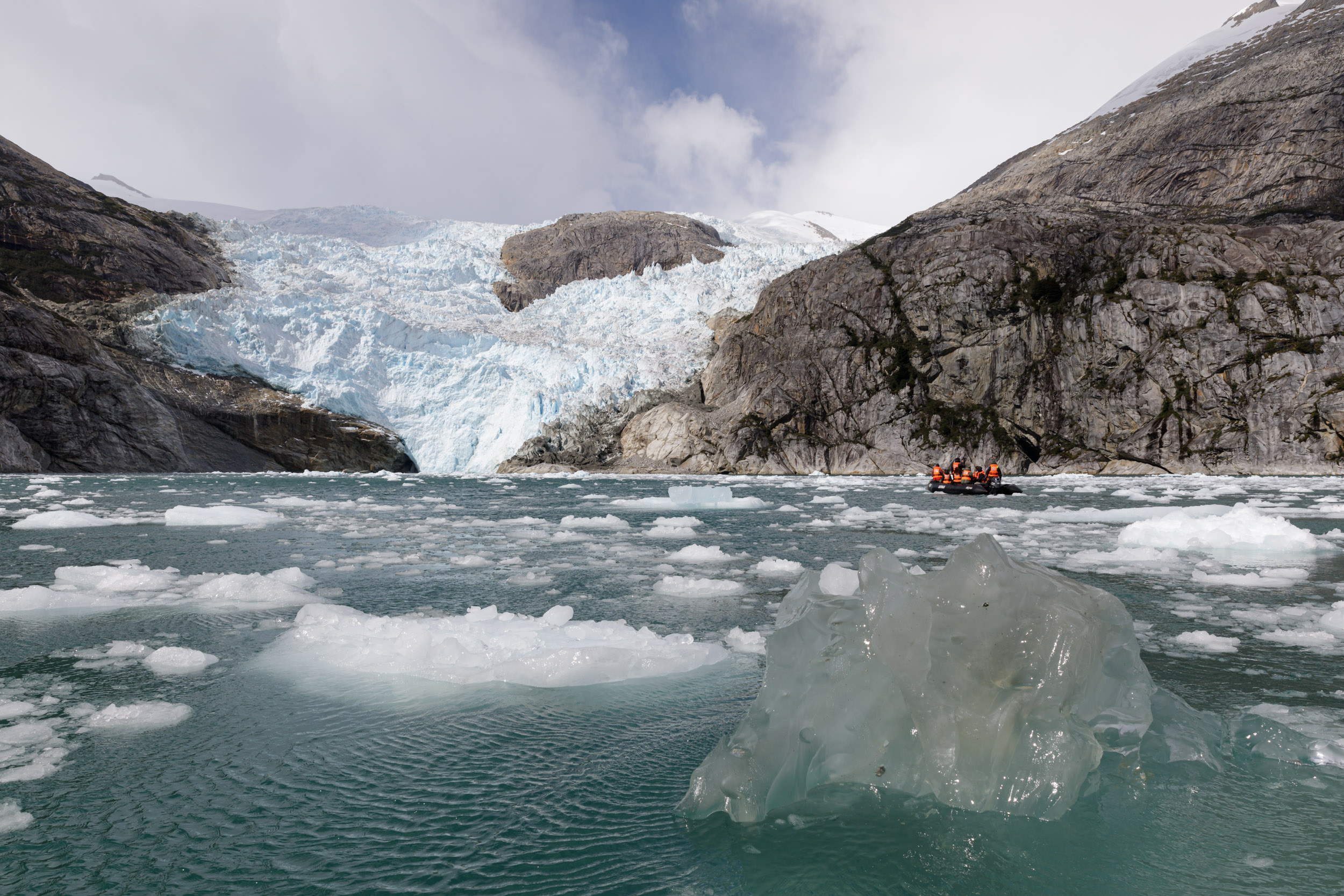
This might just give you an idea of the power of falling ice from a glacier.

Our afternoon was spent navigating to Ainsworth Bay, where you get stunning views of the Darwin Range. Despite the frantic wind that was coming across the mountains, we managed to disembark and get onto dry land.
Having been here two years ago, it was a familiar scene to me but albeit in a different light. Under normal circumstances, the ship will sail to the bay in the morning instead of the afternoon.
The various groups that make up the expeditions who choose to land here go off for a forest walk. I decided that I’d prefer trying to capture the mountain range in all its glory.

The second day of our epic voyage took us to Pia Glacier. Named, apparently, after Princess Maria Pia of Savoy, who was the daughter of an Italian king, this stunning wall of ice is yet another breathtaking work of Mother Nature.
The glacier is receding, though. I’m unsure of what speed it’s doing so, but I know from my previous time here just how far it’s done so in the last 20 years, which is a good couple of kilometres.
Sadly, the weather wasn’t spectacular, and I requested to go back on the ship. The rain just didn’t seem to want to go away, and the puddles that were forming on my camera bag were the deciding factor for me to seek drier climates.
But in doing so, I captured an absolute favourite of mine from this voyage. By using my Canon 100-400mm with the 1.4 extender, I was able to capture the glacier in a different way than I’d normally get from the shoreline.
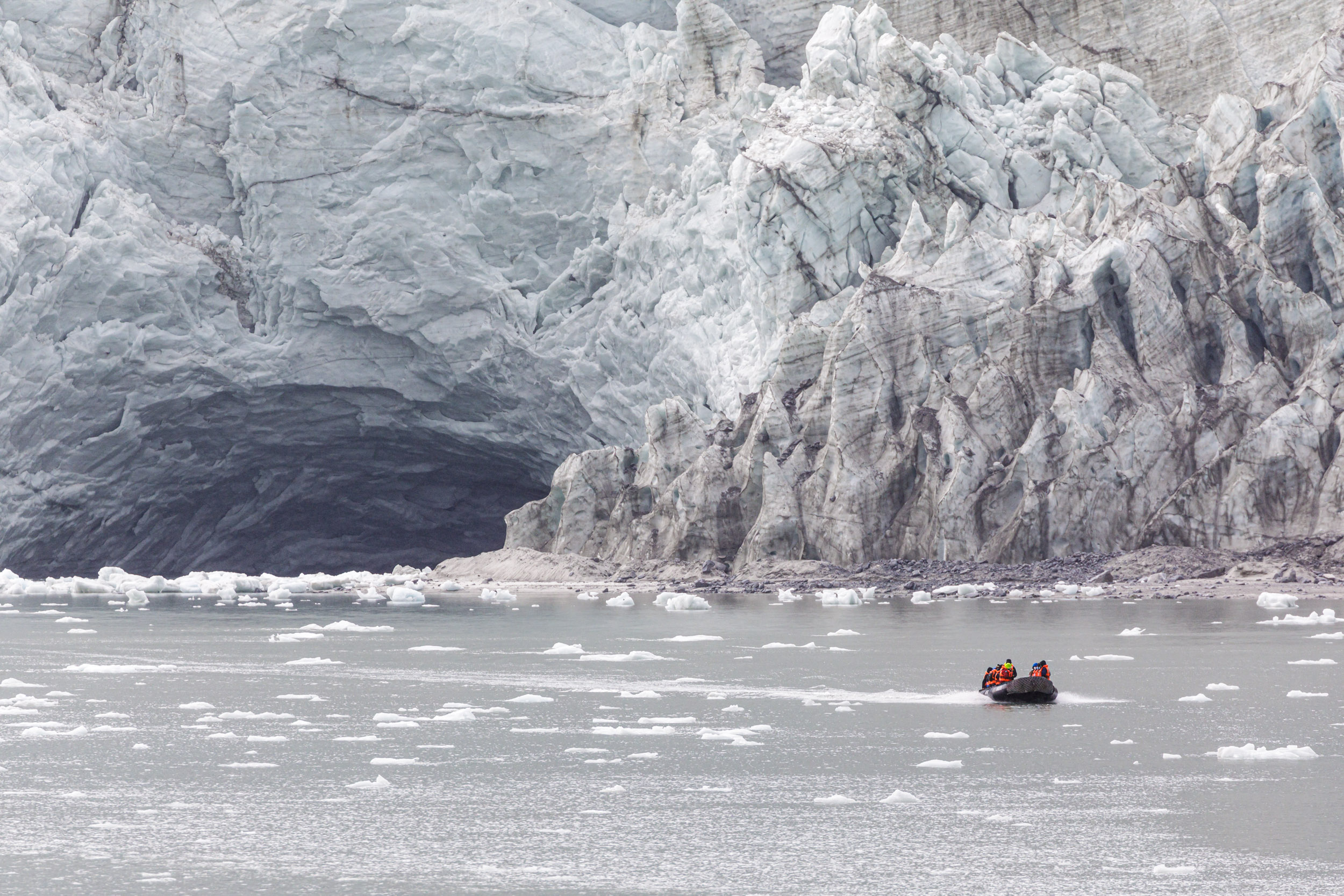
The third day was our voyage down to Cape Horn. If weather conditions are right, then you can disembark from the ship to visit the Isle of Horn.
I woke up around sunrise to see what the weather was going to be like. It can be notoriously changeable down here and is an extremely dangerous place for unwary sailors. They give you the heartwarming fact that 10,000 sailors have lost their lives in these waters, along with the wrecks of 800 ships.
Upon going up on the top deck, I just about managed to film part of my YouTube vlog. I discovered later on that we were in something like 50 knot winds. I wondered if we were actually going to get onto the island. I asked another of my friends who was a guide on the ship if we were going. She looked at me and said, “Personally, I can’t see it, but it’s up to the captain.”
We did get onto the island, but it was definitely Mother Nature against us. So much so that the captain sounded the ship’s horn three times because of the dangerous weather conditions that were only worsening. It was difficult to even stand up on that island. There is no protection, and when the wind comes along, it basically just barrels into you.
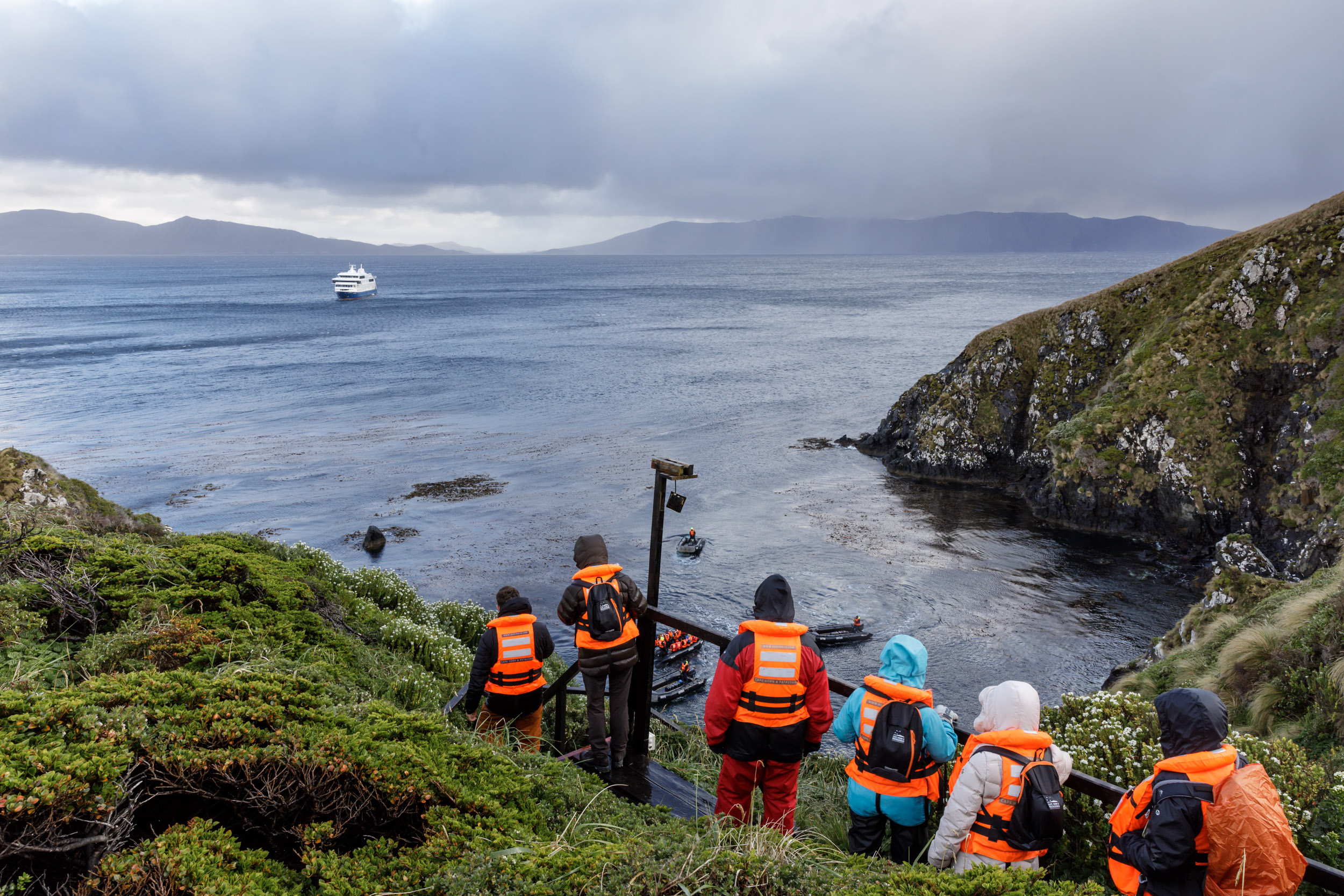
After leaving the island, we set sail back towards the mainland. Our route was to take us up Nassau Bay. In what seemed impossible, the wind worsened. Reaching up to 78 knots or around 140km per hour, the ship was crashing into the waves.
At lunchtime, there were a number of people notably absent from the dining area. I remember looking around at a lady behind me who looked very worse for wear and stumbled back to her cabin.
During the evening, our ship caught sight of the Argentinian mainland in the form of Ushuaia before heading back into the fjords. The wind speed had dropped a little, but only a little. Coming across at 70 knots, trying to get anything sharp was bordering on impossible. The wind gusts were pushing the camera back at me, and the right moment had to be chosen.
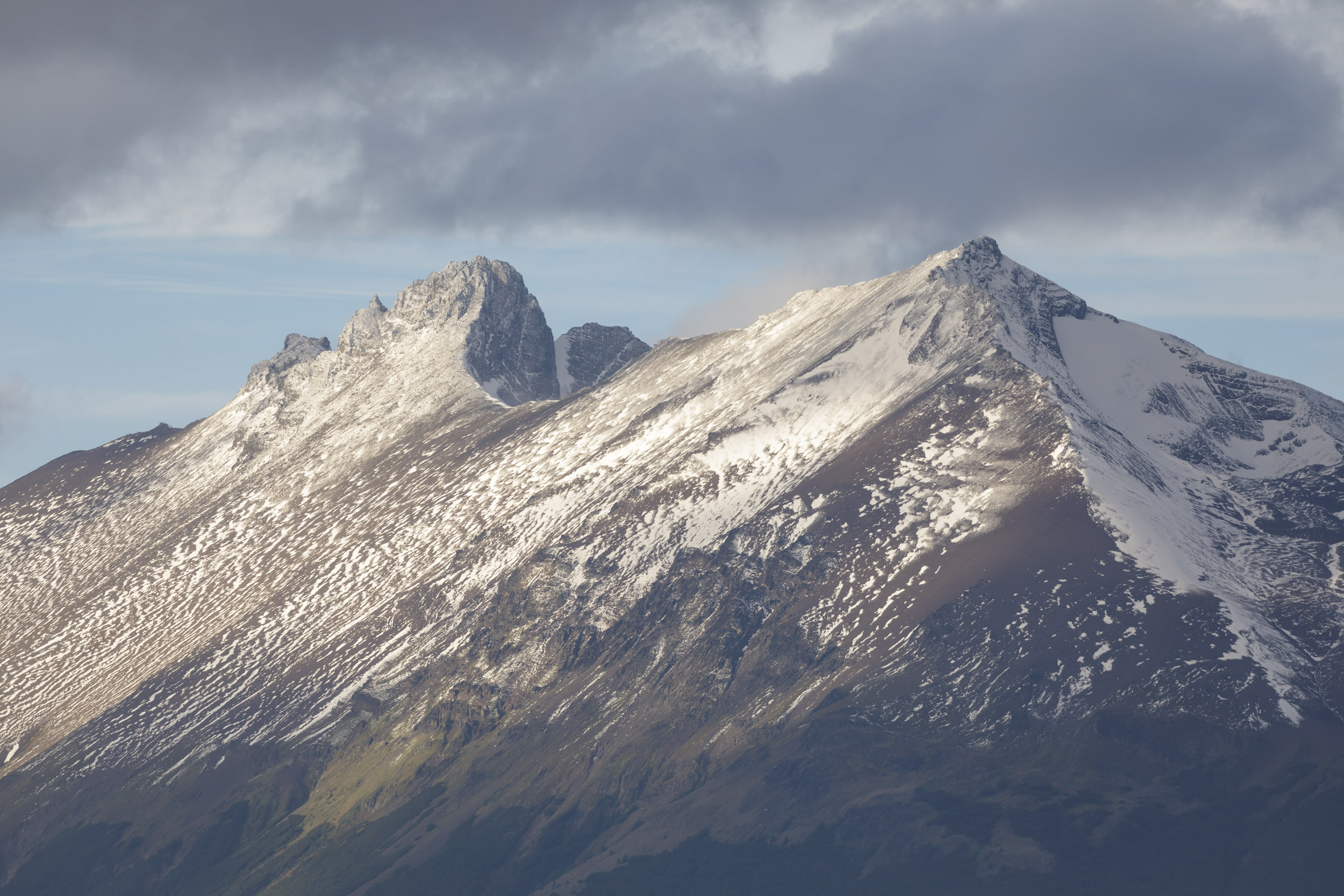
On our final full day in the fjords, we sailed to what is my favourite place. Aquila Bay looks out onto both a stunning glacier and also more of the Darwin Range.
The last time I was here, the weather was pretty grey, and as such, the images that I got from here weren’t any award winners. But this time the weather was far more tolerable, and the afternoon light was gorgeous.
Now, I know people say that there is no bad light, but really, having good light will help both your images and your mood.
Aquila Glacier is another stunner and, from what I remember, is one of the glaciers that are increasing in size down here. Thankfully, you can admire it from dry land instead of being in a Zodiac.
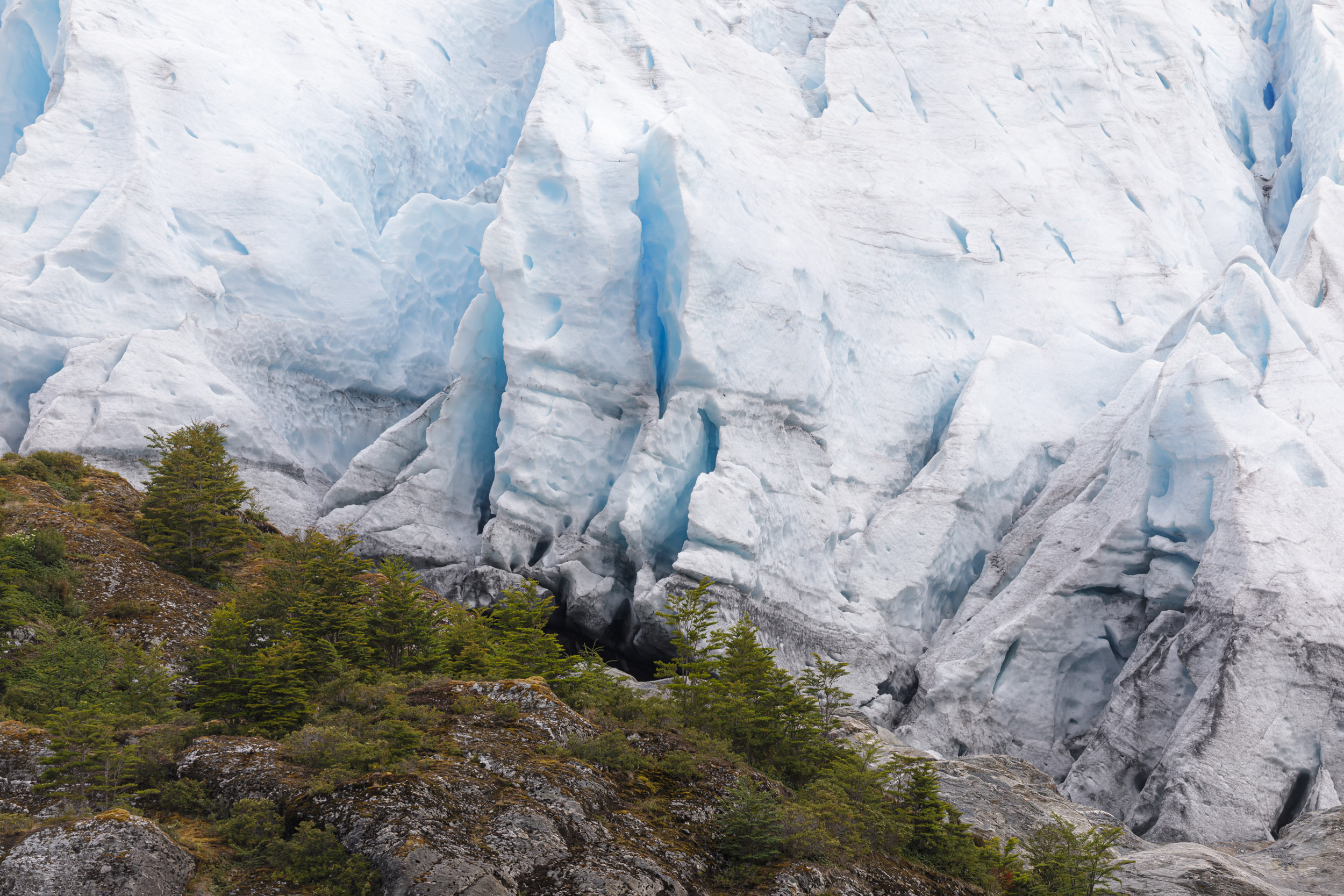
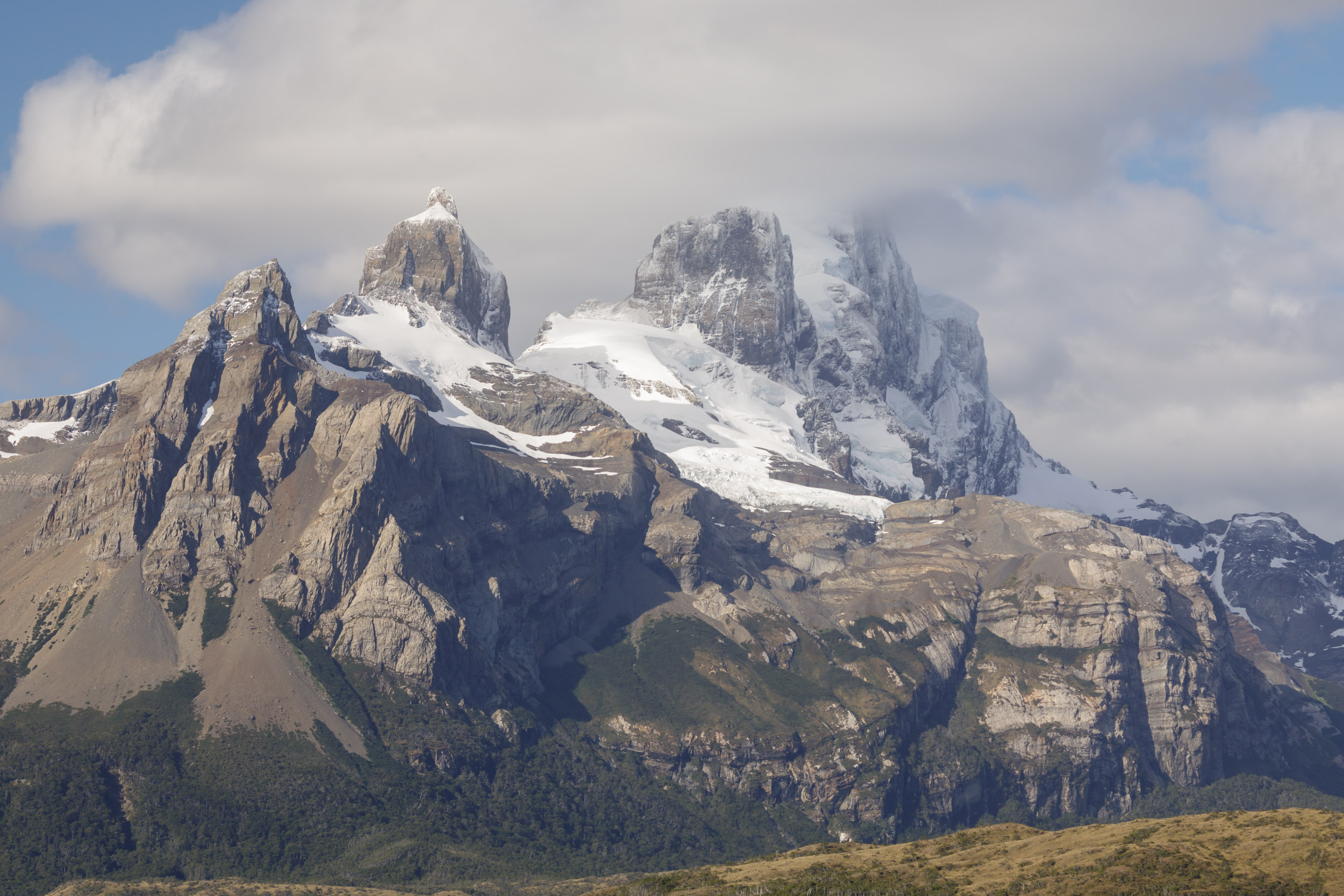
On our final journey through the fjords, we passed through ever higher mountains. The light was still, thankfully, beautiful, and it’s during this part of the voyage that, for me, the mountains are at their absolute best.
The geological features of the mountains. The jagged peaks. The glaciers. Just think of a superlative, and it describes this area of the Patagonian Fjords.
The absolute highlight of the final night’s voyage down the Magdalena Channel is the mountain called Sarmiento. The pyramid-like peak rises high above the waters that you’re sailing through, and if the weather is right, you can get a clear look at its snowy peak.
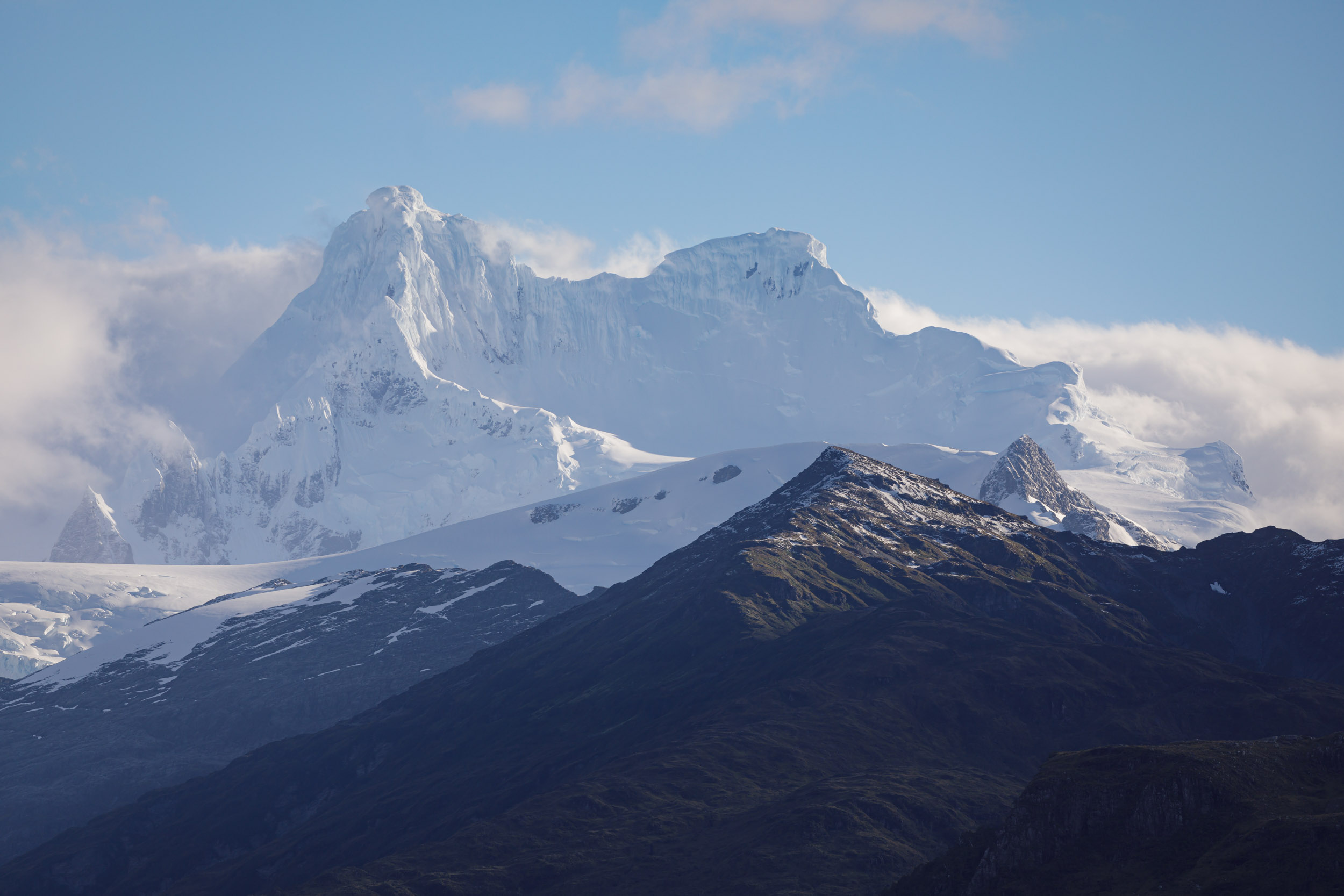
In 2022, travel is starting to open up again. Yes, travel into particular countries is a little challenging, but certainly here in Europe and the UK, things are far better than they were 3 months ago.
The travel challenges that you now face in some countries are, in reality, quite simple to overcome. It just means having the requisite paperwork, then getting from home to your chosen destination. Yes, you are going to experience the usual frustrations at times with airports, but then there’s nothing new there. Just have your paperwork and you’ll be fine.
For any overseas photography tour that I run, I make sure that my clients are fully up to speed with what is required of them. Specific countries’ government websites are checked frequently to ensure you know what you need.
So what do you need before getting out there and going back into the wild blue yonder?
COVID pass
A number of countries are issuing these to prove that you’ve been vaccinated. Some people have an issue with them, but personally, I don’t. If it facilitates travel being easier, getting from one country to another, then so be it.
However, what I would say is that it’s also best to keep a copy of your vaccinations in paper form. Each country has its own form of the COVID pass, and, as experienced back in October 2021, apps can go out of date on a particular person’s phone. Technology is wonderful until it fails, so it’s best to be prepared.
COVID Tests
Lateral flow, PCR, PC-LAMP tests and whatever else that they throw at us. Depending on the country will depend on what you need to enter or return home. Be sure to check what it is you need in order to facilitate your travel. And also make sure of the timeframes between getting the results and being allowed to travel. Some countries ask for a test result 72 hours beforehand, and some ask for one 96 hours before. At its most extreme, though, you may have to provide evidence of one taken 24 hours beforehand.
Insurance
Initially, there seemed to be a slow response from insurance companies on how to deal with travellers who get caught up in things. If a border suddenly closed, then you were pretty much left to your own devices. But this has now changed, and insurance companies are offering specific policies that will cover you should something untoward happen in terms of a pandemic. And note that I said “pandemic” rather than COVID.
Last month, I renewed my own travel insurance. The specific wording that covers me in the event that something should happen is “pandemic” rather than COVID.
Before travelling to ANY country, see if they specifically require insurance that will cover you. Some countries, such as Chile, are asking for this before you travel. There is also a specific amount that you need to be covered for, too, so make sure you’re covered!
Masks
From the arrival at the airport to the arrival at your destination then be prepared to wear a mask. Airlines are demanding it, and some countries, such as Germany, require that you wear a specific type of mask. Make sure you check the requirements before getting on the plane.
Depending on the length of your flight and also the airline, you may get yours swapped out. When I travelled to Uzbekistan back in August 2021, I used Aeroflot for both flights. Each flight was 4 hours long, and after 2 hours, the staff came along and gave us new masks.
Country-Specific Tracking Apps
Certain countries are asking that, as part of entry onto their territory that you download their tracking app. Again, make sure you are aware of any apps that need to be installed on your phone before travelling.
Conclusion
So, yes, it is a bit of a game, and maybe it’s too much stress for some. But if you take a step back and work things through, then you’ll find that in reality it’s pretty simple.
What you normally find is that getting your country-specific vaccination QR code is the hardest part. Everything else is relatively simple in comparison.
I suspect that these restrictions are likely to be with us for a while, so better get used to them now rather than later.
At the time of writing, several countries have either opened up or are in the early stages of doing so.
Because of some of the places that I run photography workshops and tours to, I have to keep a watchful eye on what’s going on, along with any entry restrictions that may be imposed on travellers into the country.
Out of all the places that I run tours to, the ones that have been slower to open to us are Norway, Mongolia and Vietnam.
Norway has recently opened back up to most travellers. Looking at the government website, it shows that if you’ve been vaccinated with one of the approved vaccines and can prove it, then you should be fine. If you’re arriving from a specific country that is under one of their coloured restrictions, then you’ll have to take a test on arrival.
Mongolia has just opened up. It’s been a long wait, and I’ve been especially keen to see the country open as a number of people have asked me about the eagle hunter photography tour that I run. At the time of writing, flights into the country are quite specific, but as of the time of writing, that is due to change again.
Vietnam is another one that has been slow to get tourism running again. As of 15 February 2022, you can now book flights into the country. It’s taken them a long time to get the confidence to open up again, but a decree has been signed that says the country is to fully open by the end of March 2022.
If you’ve enjoyed reading the February 2022 newsletter and want to get it before it appears on my website, then feel free to sign up.